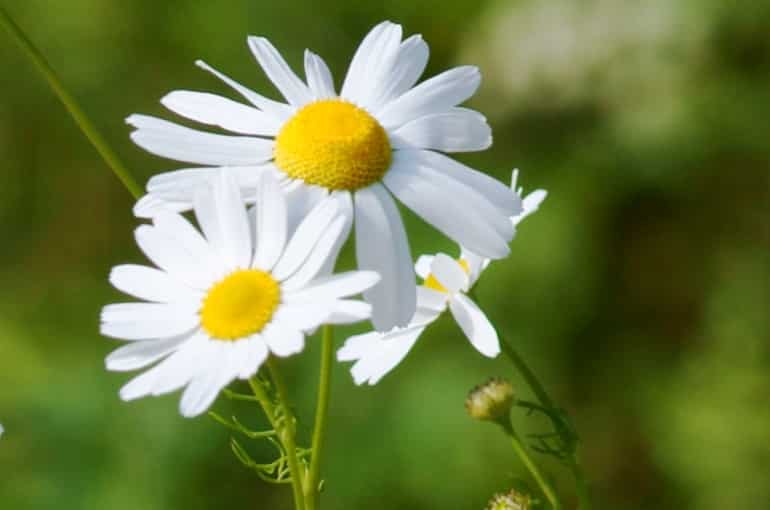German Chamomile Growing Conditions

This post is also available in:
This post is also available in:
![]() Español (Spanish)
Español (Spanish) ![]() Français (French)
Français (French) ![]() Deutsch (German)
Deutsch (German) ![]() Nederlands (Dutch)
Nederlands (Dutch) ![]() العربية (Arabic)
العربية (Arabic) ![]() Türkçe (Turkish)
Türkçe (Turkish) ![]() 简体中文 (Chinese (Simplified))
简体中文 (Chinese (Simplified)) ![]() Русский (Russian)
Русский (Russian) ![]() Italiano (Italian)
Italiano (Italian) ![]() Ελληνικά (Greek)
Ελληνικά (Greek) ![]() Português (Portuguese (Brazil))
Português (Portuguese (Brazil))
German Chamomile Climate
Chamomile can grow well from the temperate climate of Eastern Europe, to the mild climate of Mediterranean countries and to the sub-tropical climate of South Africa. It is a resilient plant that can survive night temperatures as low as 14°F (-10°C). The best climates for the average chamomile plant are those with long warm days (enough sunshine hours) and cool nights. Full sun exposure is necessary for the production of essential oil. During the period of active growth (late winter to spring), the plants thrive in a day temperature of 60-68°F (15-20°C) and full sun. It is necessary for all chamomile growers to make an extensive research on cultivars that produce well locally.
German Chamomile Soil Requirements and Preparation
German Chamomile plants can grow in all well-drained soils. Your chamomile plants will most probably produce a minimum yield, even if you do not take any measure towards soil analysis, improvement and soil preparation. However, the best yields for commercial cultivation are often achieved in sandy-loam deep soils with pH close to 7 and good drainage. Although there are reported cases in which chamomile plants give a good yield in pH close to 9, such a high soil pH must be avoided, because then the crop needs special operations and management (e.g. more irrigation sessions etc.).
The first step towards effective soil preparation is the soil analysis and pH. The soil pH should be corrected to desired levels (6,5-7,5). Moreover, the soil analysis will reveal any nutrient deficiencies, so that the farmer can take corrective actions under the guidance of a licensed agronomist. In most cases, it is beneficial to add 8-10 tons of well-rotted cattle or poultry manure per hectare and plow well before the direct seeding or the planting of young seedlings. In cases of severe nutrient deficiencies, farmers may apply soil fertilizer N-P-K 20-20-20 (200 lbs. or 90 kg per hectare) at the same time with transplanting and irrigate well the young seedlings (ask a licensed agronomist).
You can enrich this article by leaving a comment or photo of your chamomile farm climate and soil identity.
1.) German Chamomile Plant Info & Uses
2.) How to grow German Chamomile at home
3.) Growing German Chamomile for Profit
4.) German Chamomile Growing Conditions
5.) Growing German Chamomile from Seed and Planting
6.) German Chamomile Water Requirements
7.) German Chamomile Fertilizer Requirements
8.) German Chamomile Weed Control
10.) German Chamomile Essential Oil Yield
Do you have experience in German Chamomile cultivation? Please share your experience, methods and practices in the comments below. All the content you add will be soon reviewed by our agronomists. Once approved, it will be added to Wikifarmer.com and it will influence positively thousands of new and experienced farmers across the world.








































































